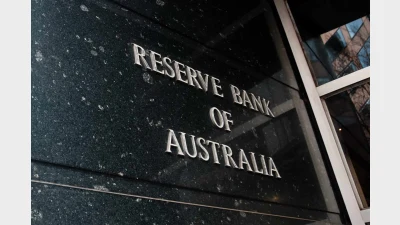Industry funds more cost-effective on MySuper



Industry fund-backed MySuper products will still be cheaper than those produced by the retail banks, according to new research released by specialist superannuation ratings house SuperRatings.
The SuperRatings analysis also claims industry funds are likely to transfer members to the cheaper MySuper environment more quickly.
In an analysis of the evolving MySuper fee environment released today, SuperRatings has pointed to average fees in the retail sector dropping from $932 a year to just $593 a year on an account balance of $50,000, but notes that this compares to the not-for-profit funds where the average fee on the same balance would be $498.
Further, SuperRatings chief executive Jeff Bresnahan claimed that retail funds would take the longest to transition members whereas the “great majority” of not-for-profit funds “have indicated that members will be transferred immediately”.
The SuperRatings research suggested that many Australians were set to save over 30 per cent a year on their superannuation fees, but that the implementation time-frames being allowed on MySuper meant that in many cases these savings would not be experienced before 1 July, 2017.
“The sting in the tail for many Australians is the fact that funds do not have to transfer their members to the cheaper MySuper options until 1 July 2017,” the analysis said.
Recommended for you
The central bank has announced the official cash rate decision for its November monetary policy meeting.
Australia’s maturing superannuation system delivers higher balances, fewer duplicate accounts and growing female asset share, but gaps and adequacy challenges remain.
Global volatility and offshore exposure have driven super funds to build US-dollar liquidity buffers, a new BNY paper has found.
Less than two in five Australians are confident they will have sufficient assets to retire and almost three-quarters admit they need to pay greater attention to their balance, according to ART research.









